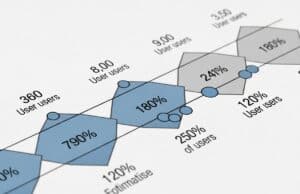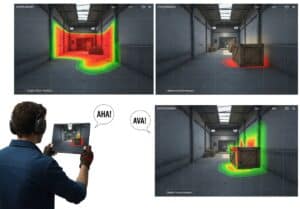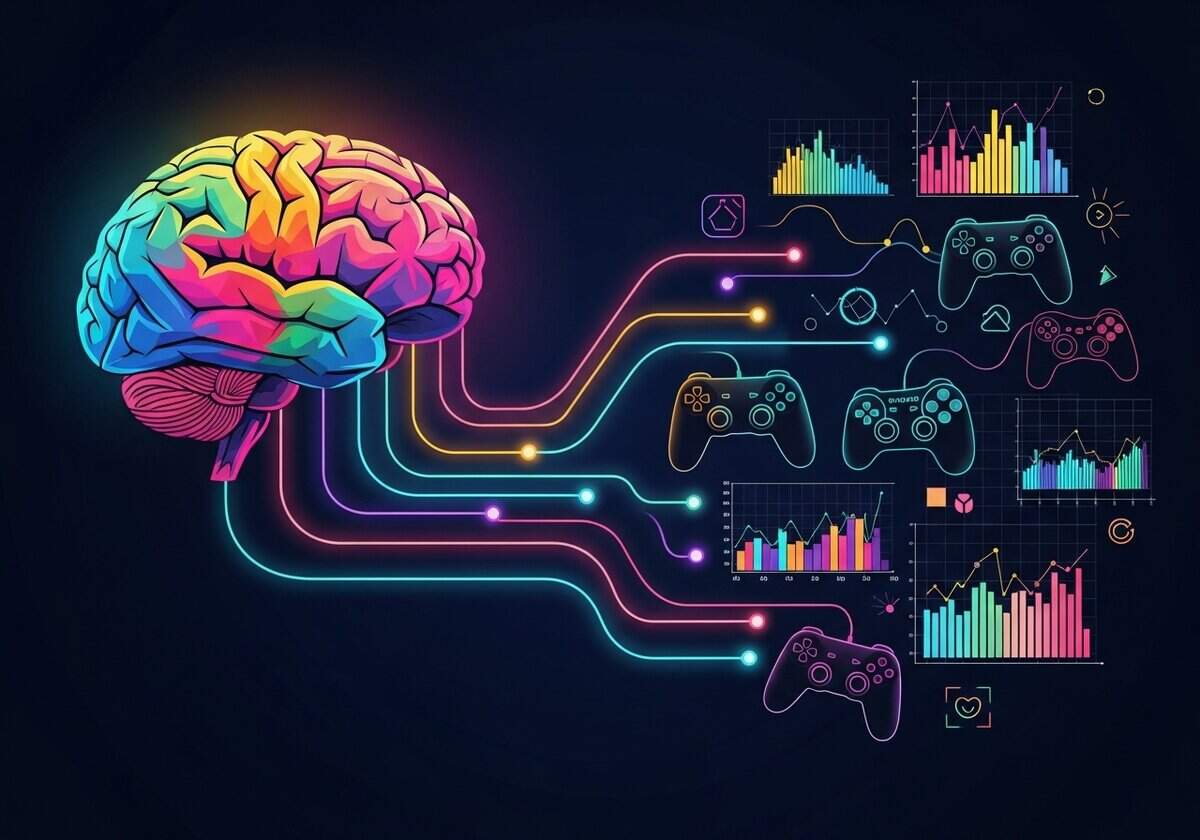
In games and marketing, the application of psychological theory is measured, refined, and amplified through data and stats analysis. The behavioral patterns of millions of users are collected and processed, allowing for the statistical التحقق من الصحة of design choices. Techniques like A/B testing provide empirical proof of which stimuli most effectively drive user action, while player segmentation allows for the delivery of personalized content that resonates with specific behavioral profiles.
Predictive analytics and machine learning models can identify when a player is likely to quit or make a purchase, enabling proactive, automated interventions. This fusion of social science with data-driven validation creates a powerful cycle where psychological hypotheses are tested at scale, and the resulting insights are used to continuously optimize game systems for player retention and monetization.
This article is the 1st of a 3-parts:
- الحيل القائمة على البيانات والحيل الإحصائية للألعاب والتسويق
- حيل العلوم المعرفية للألعاب والتسويق
- المزيد من حيل العلوم الإدراكية للألعاب والتسويق
Part #1: Data-Driven and Statistical Tricks for Games and Marketing
1. A/B Testing
هذا الطريقة relies on controlled experimentation to observe user behavior directly, removing developer bias from design decisions. The psychological mechanism at play is the measurement of subconscious preference. Users might not consciously know why they prefer one design over another, but their actions reveal a more favorable response to a specific stimulus, whether it is a color, shape, or price point. This provides empirical evidence of what design choices lead to higher engagement or conversion.
The execution requires a robust IT backend capable of segmenting the live player base into distinct groups (Group A, Group B, etc.) and serving them different versions of a game element. Statistical analysis is then applied to the data collected from these groups. This involves calculating metrics like conversion rates, engagement time, or retention, and using statistical significance tests (like chi-squared tests or t-tests) to confirm that the observed differences are not due to random chance. This data processing happens on servers that collect and aggregate event logs from millions of game clients.
Game Application: in a mobile puzzle game, developers want to increase the usage of a “bomb” power-up. They test two icons: one is a classic black sphere with a fuse, the other is a pulsing, arcane crystal. For one week, 50% of new players see the sphere (A) and 50% see the crystal (B). The server logs the usage rate per player, and statistical analysis shows the arcane crystal is used 15% more frequently, prompting its permanent implementation.
You can find a full review on the A/B testing methodology:
2. Player Segmentation

Player segmentation works by appealing to an individual’s identity and play style. By grouping users, the game can present content that aligns with their intrinsic motivations. A player categorized as an “Explorer” will respond positively to missions involving discovery, while a “Competitor” will be more engaged by leaderboards and player-vs-player content. This personalization creates a feeling that the game understands and caters to the user, strengthening their connection to it.
This process is data-intensive, beginning with the collection of vast amounts of player actions, such as time spent in different game modes, purchase history, and social interactions. Machine learning algorithms, specifically clustering algorithms like K-Means, are then used to identify patterns in this data and group players into distinct segments. The network infrastructure must support real-time data tagging and retrieval so that the game client can request and display the appropriate content or offers for a player’s specific segment.
Game Application: A space simulation game collects data on player activities. It identifies a “Trader” segment that frequently uses the market and flies transport ships. This segment then receives personalized in-game news feeds about commodity price shifts and exclusive missions to transport rare goods, content that is not shown to players in the “Fighter Pilot” segment.
3. Funnel Analysis

The psychological impact of funnel analysis is rooted in optimizing the user’s journey and minimizing friction. By identifying points where large numbers of users stop progressing (drop-off points), developers can address the underlying cause, which is often frustration, confusion, or boredom. Smoothing out these rough patches in the user experience prevents the negative emotions that lead to abandonment and maintains a state of forward momentum and engagement for the player.
Mathematically, a funnel is a visualization of user flow percentages from one step to the next. For instance,
- Step 1 (Completed Tutorial) might have 100% of users,
- Step 2 (Reached Level 5) might have 80%,
- Step 3 (Made First Purchase) might have 5%.
The IT infrastructure’s role is to log the completion of each predefined key event for every single user. Data analysis platforms then query this massive dataset to calculate the conversion rates between each sequential step, visualizing the funnel and highlighting the largest percentage drops.
Game Application: a city-building game notices a massive 70% player drop-off after the “Build a Power Plant” tutorial quest. By analyzing the funnel, they hypothesize the step is too complex for new users. They break the quest into three smaller, simpler quests: “Build a Wind Turbine,” “Connect a Power Line,” and “Power a Building.” After the change, the drop-off at that stage decreases to 20%.
4. Heatmaps

Heatmaps translate aggregate player behavior into an intuitive visual format, which exploits the human brain’s proficiency in pattern recognition. Seeing a “hot” red area on a map where players frequently die immediately communicates a design problem without needing to read complex charts. This allows designers to empathize with the collective player experience of frustration or difficulty in a specific area, prompting a more targeted and effective تغيير التصميم.
Technically, heatmaps are generated by capturing the X, Y (and sometimes Z)...
You have read 38% of the article. The rest is for our community. Already a member? تسجيل الدخول
(وأيضًا لحماية المحتوى الأصلي لدينا من روبوتات الكشط)
مجتمع الابتكار العالمي
تسجيل الدخول أو التسجيل (100% مجاناً)
اطلع على بقية هذه المقالة وجميع المحتويات والأدوات الخاصة بالأعضاء فقط.
فقط المهندسون والمصنعون والمصممون والمسوقون الحقيقيون المحترفون.
لا روبوت، ولا كاره، ولا مرسل رسائل غير مرغوب فيها.












منشورات ذات صلة
جميع حالات براءات الاختراع: معاهدة التعاون بشأن البراءات مقابل براءة اختراع قيد الانتظار مقابل براءة اختراع منشورة مقابل براءة اختراع ممنوحة
أفضل 10 استراتيجيات وأدوات لإبطال براءات الاختراع
تقييم دورة الحياة (LCA) في تصميم المنتج على وجه التحديد
نظرة عامة على تحليل قيمة المنتج
تقييم بيئة العمل المريحة
أمر التغيير الهندسي (ECO): أفضل الممارسات لتقليل الاضطراب والتكلفة